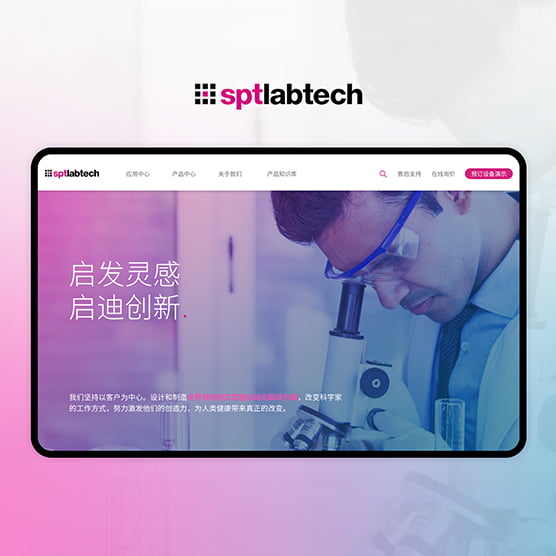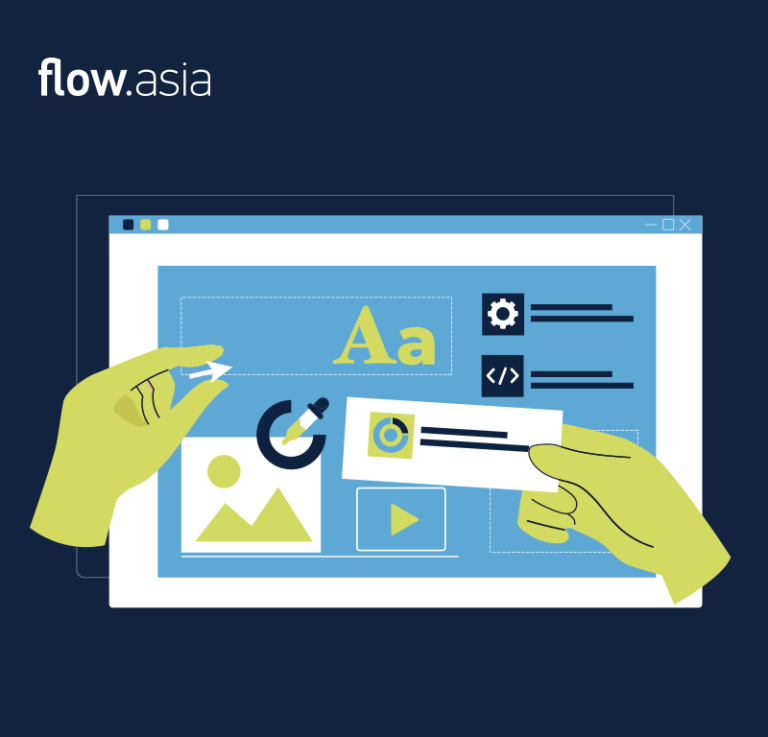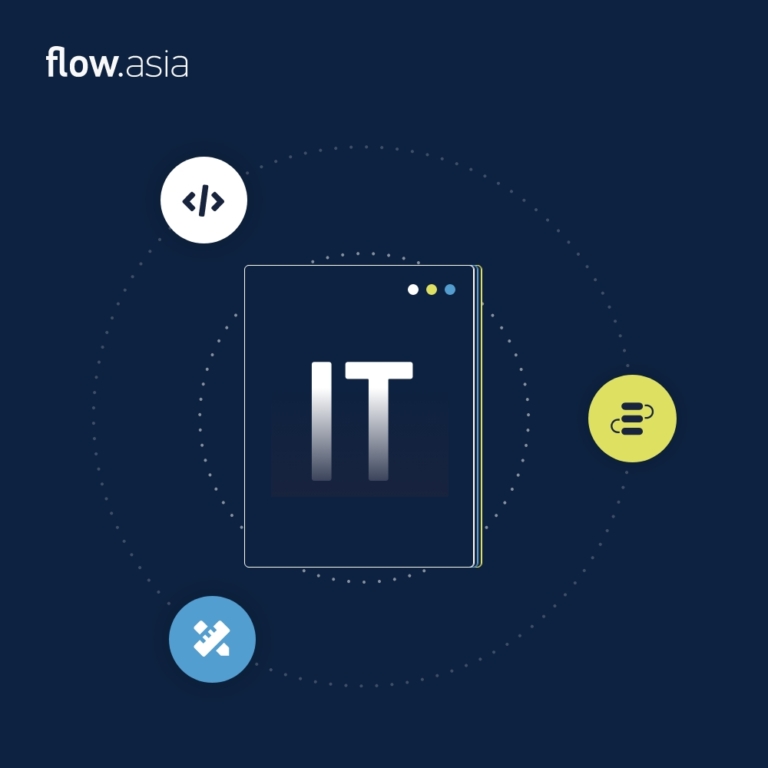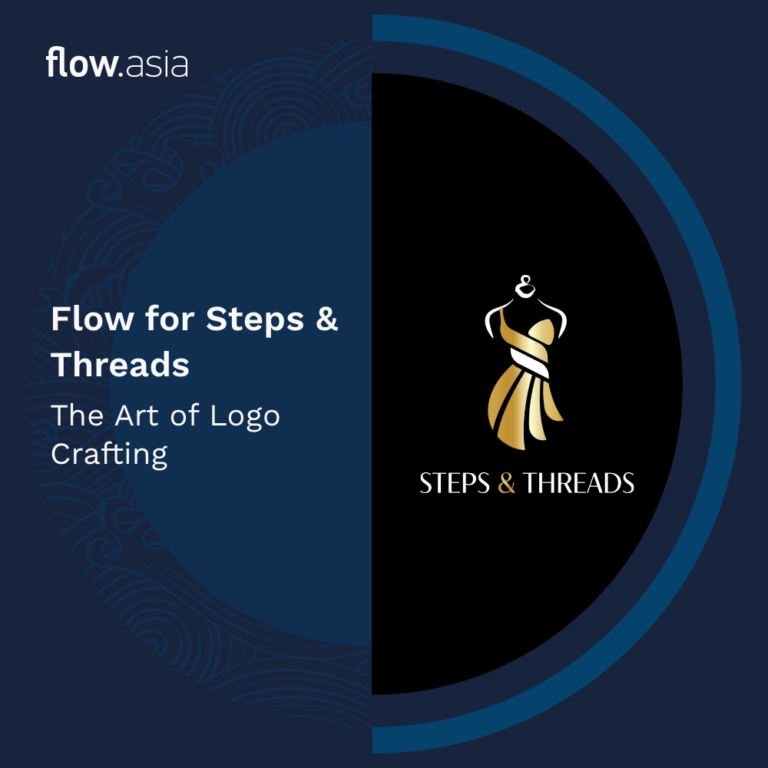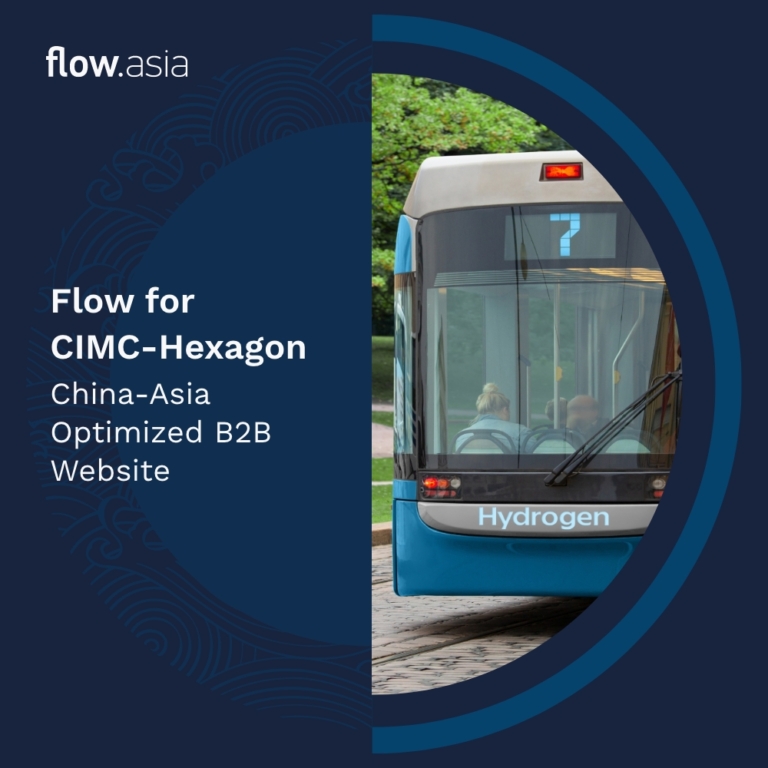
When John Igoe, Digital Lead at SPT Labtech, contacted us to localize the new website they were creating for the international market, it immediately felt like a dream project. A very organized global product owner, a dedicated copywriter, a local team based in China with a dedicated project manager, an ambitious client and a nice visual identity: what else could we ask for? Today – after 10 months of collaboration with SPT Labtech – their new international site and Chinese site are live!
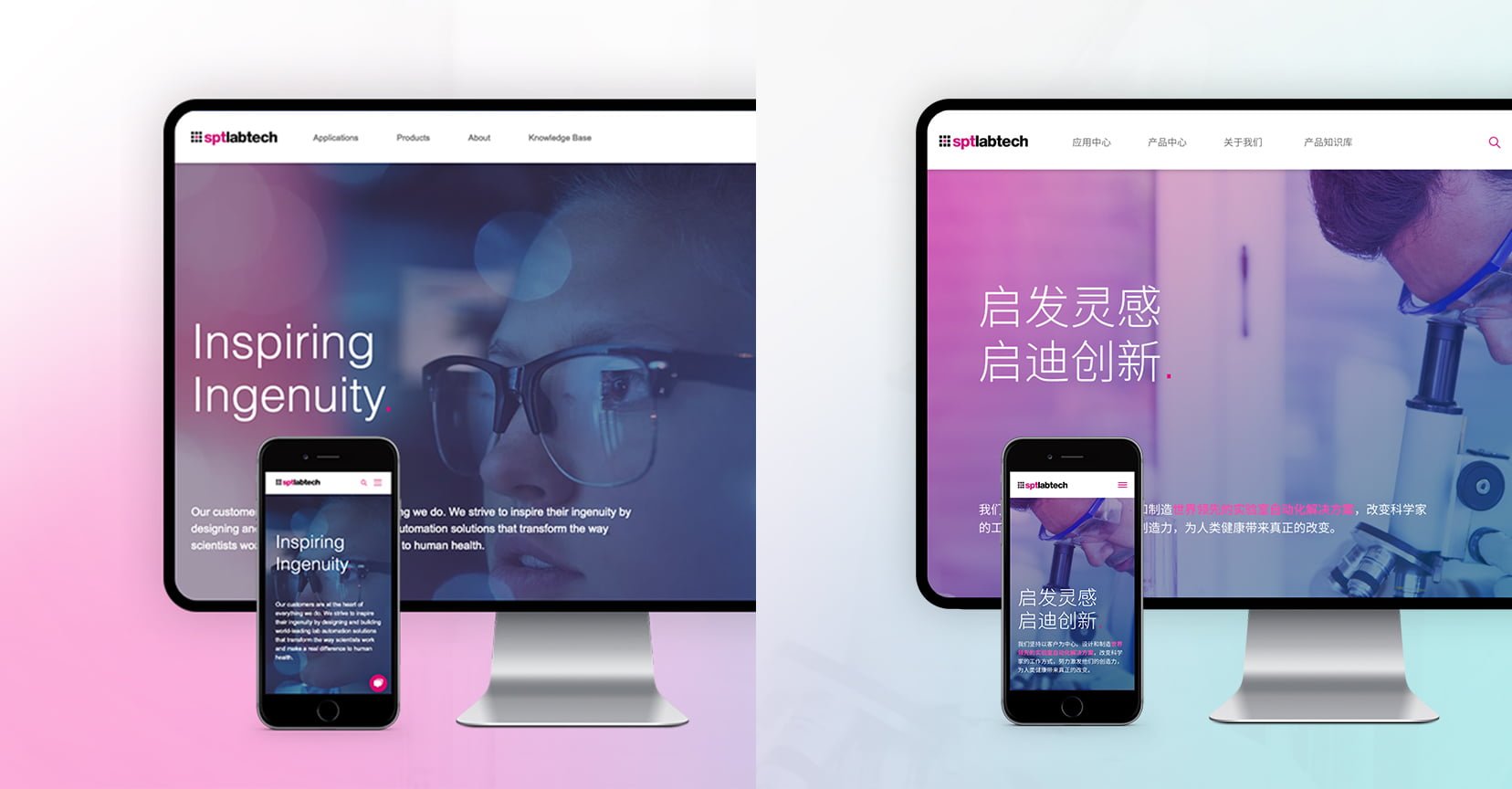
When done right, localizing a website for the China market is both challenging and gratifying. Challenging, because the project teams are spread over several continents, with the international team seeing the brand global picture and the local team seeing the China market requirements. Both visions are correct, the trick is to know where to prioritize each vision.
It is also gratifying to see an existing brand evolve into a new digital environment and speak with a new voice to a different audience, in resonance with its cultural and user experience specificities.
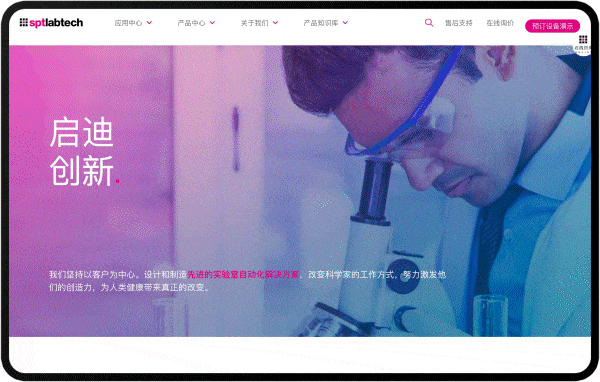
This is how we worked through the creation of the SPT Labtech China website:
Keep the overall look & feel
What are the components of a website look & feel? In a nutshell, it is the color palette and the way it is used, the style of the photography, the font families and font sizes, the interface interactions, the graphic elements, the tone of voice, and invisible but so important, the use of empty space. The goal here is to retain as many elements as possible from the international website look & feel, and replace the elements that must be changed (ie: replace the alphabetical fonts used for the English content with Chinese fonts) in a way that feels natural and aligned with the global brand visual identity.
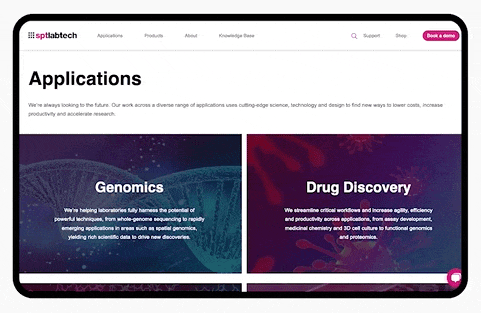
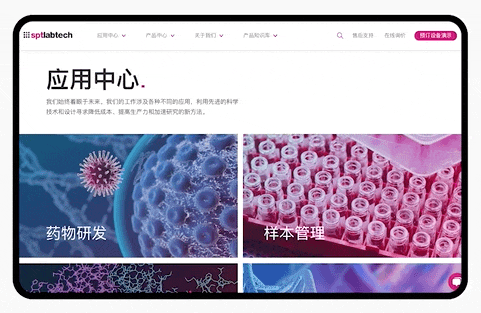
Chinese-based design localization and creation
Because of the visual structure of Chinese characters, the visual impact of a piece of content in Chinese is very different from that of a piece of content in English. If the text layout is not adjusted when localized in Chinese, the design will look off, unbalanced. To give the Chinese audience the feeling that the design was crafted for them, both the Chinese font selection and the text layout are critical.
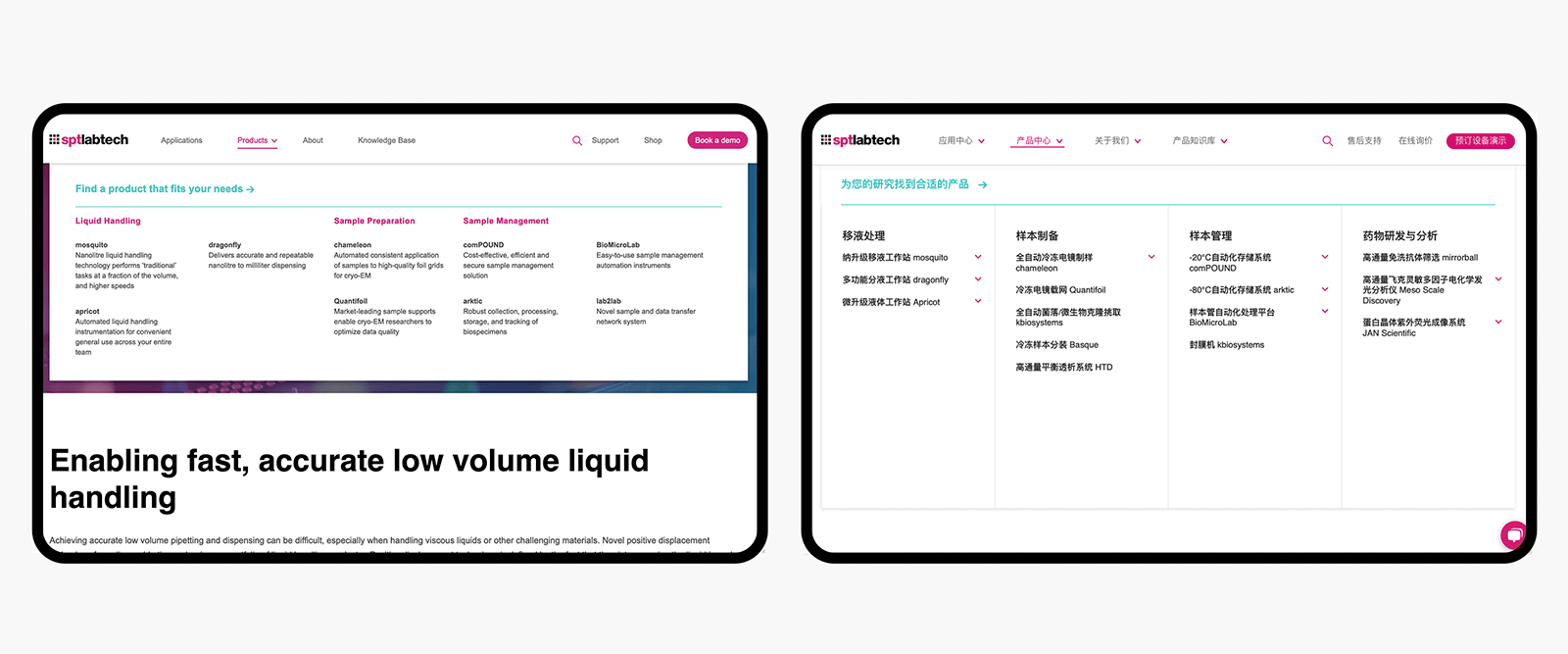
Another important aspect is the selection of visuals: It is important to retain some international key visuals, and combine them with visuals the local audience can identify with.
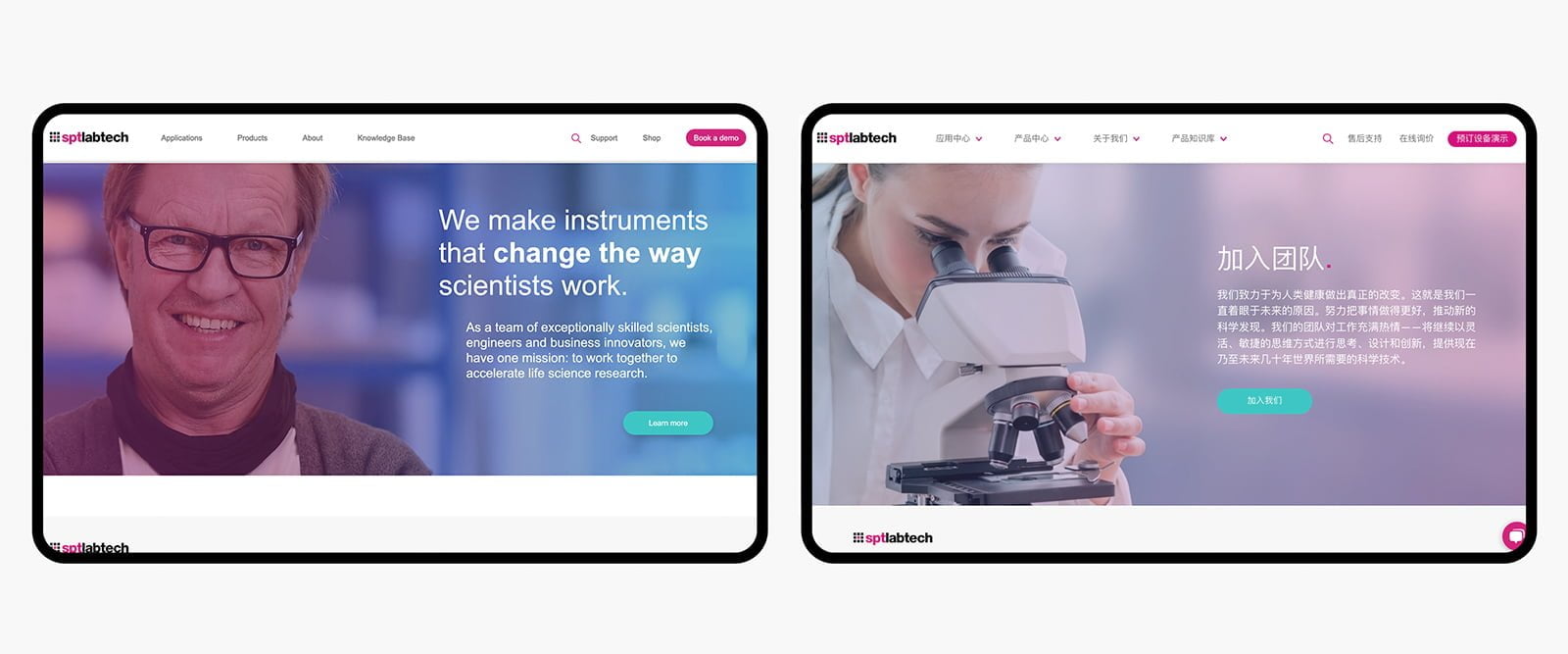
Audience-oriented user experience
The target audience of the SPT Labtech China website are Chinese customers, and some of the products and services offered are specific to the China market. Therefore, we customized the product section’s user experience based on the UX behaviors of Chinese users, and designed a unique product filtering feature for the local website. Finally, we developed a form management system that meets the needs of the SPT Labtech China team.
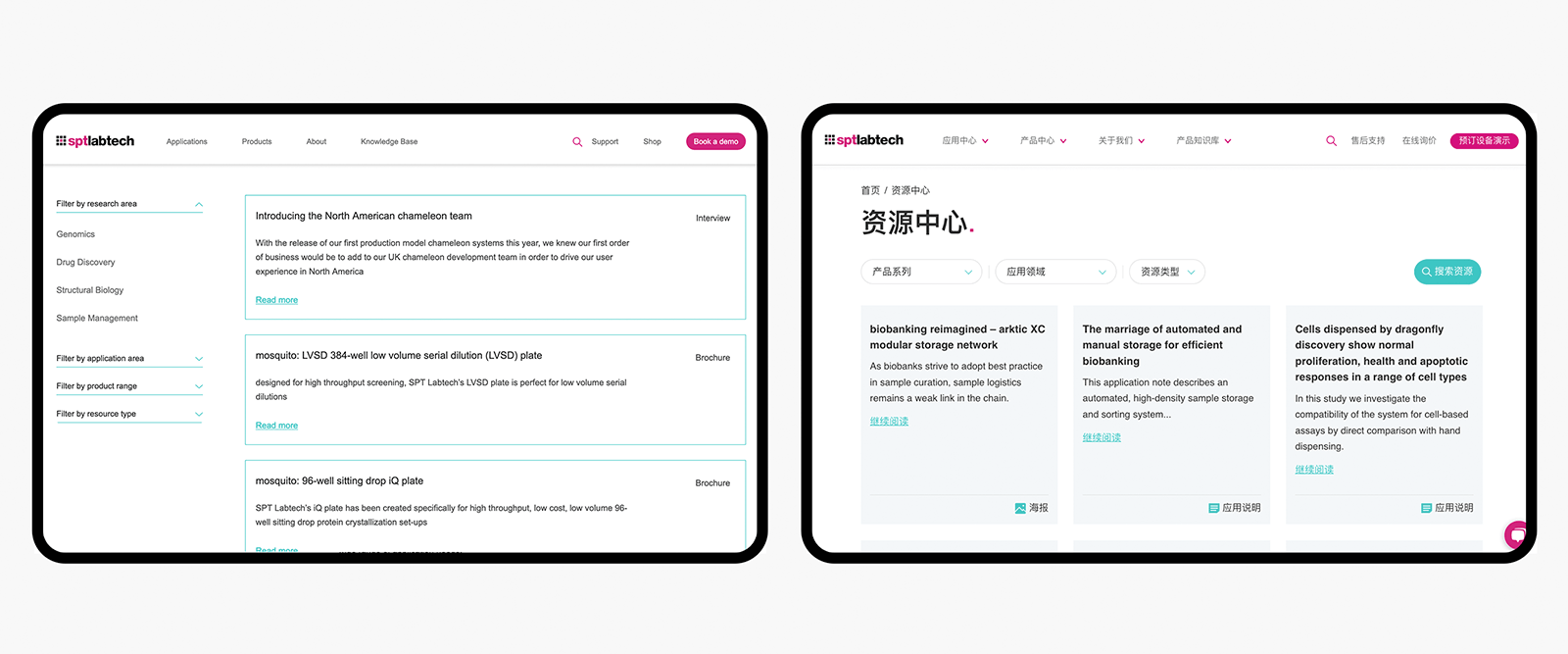
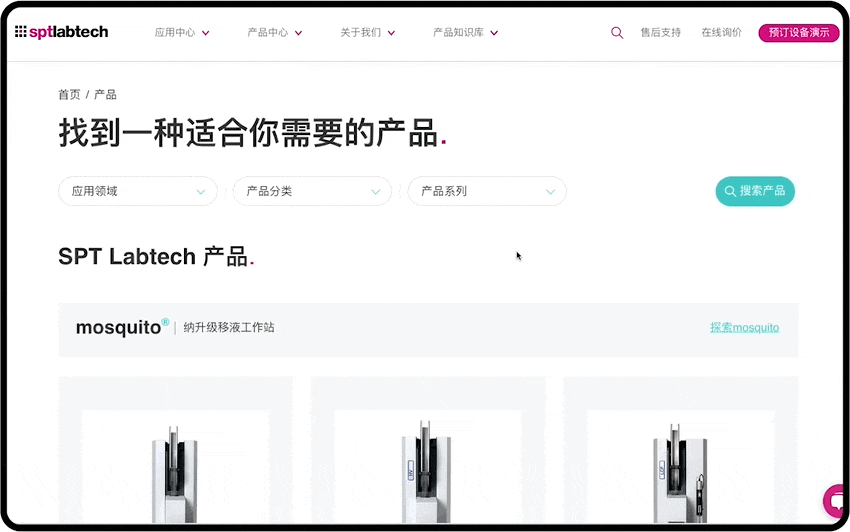
SEO: Content localization vs translation
This is an area where understanding the difference between content localization and content translation is very important. Content translation will describe a service or a product in another language, while content localization will describe a service or a product in the language of a specific market. The localization also includes the keywords that will be used by the targeted audience when looking for a specific product or service.
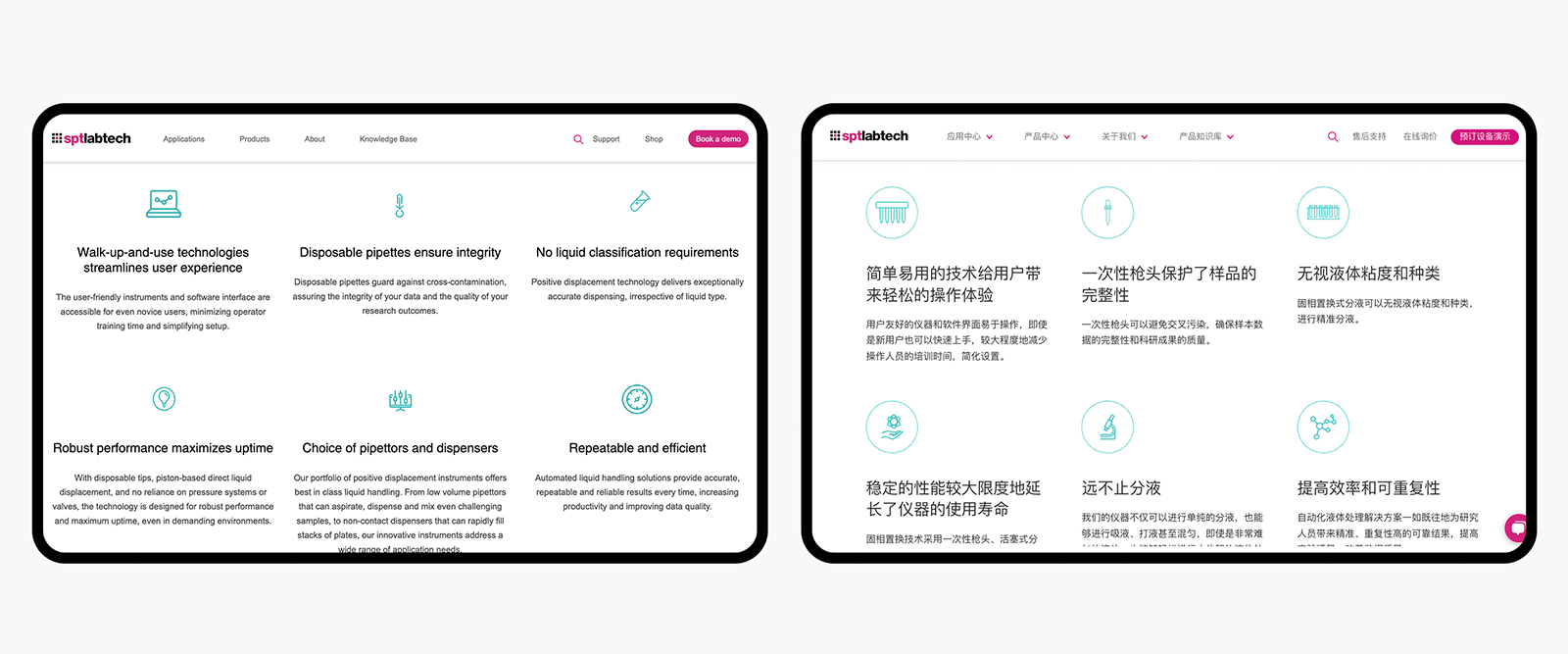
What SPT Labtech has to say:
“We worked with Flow.Asia to re-platform and completely rebuild our China website. We were seeking a proactive and emotionally engaged agency partner to drive this project, and Flow.Asia are exactly that – a knowledgeable, dependable, agile, professional and personable team to work alongside. They worked effectively to translate and deliver on requirements from both our global marketing and China marketing teams, delivering a robust website that strengthens our digital presence in China and is one we can all be proud of.”
John Igoe
Digital Lead | SPT Labtech
“We are thankful for the opportunity and look forward to developing the SPT Labtech China website further in the future.”
Gontran Mullier
Director | Flow

